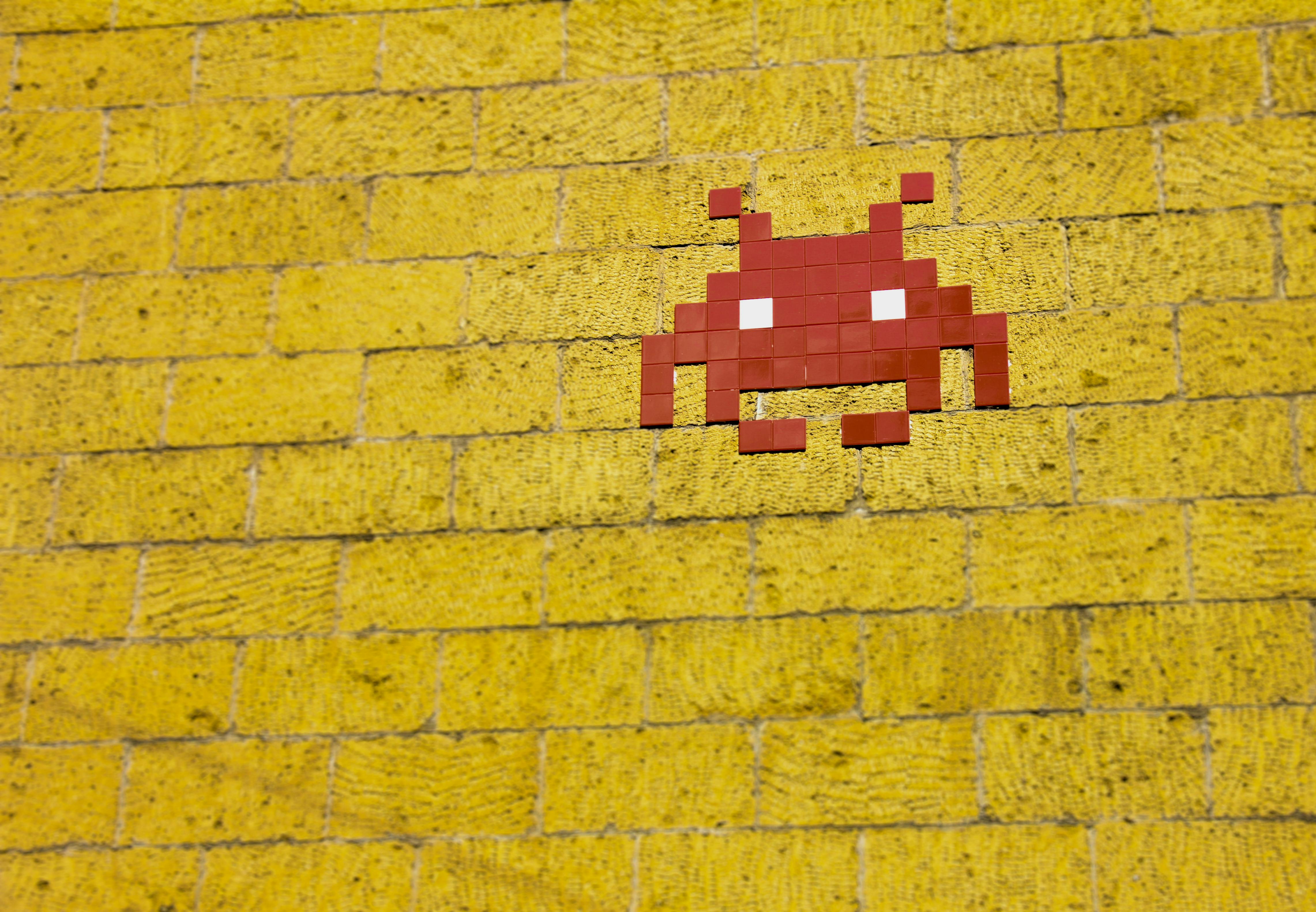Fusing Pixels and Paint: The Uncharted Landscape of Digital Art
Introduction: In an era where technology and creativity are increasingly intertwined, a new form of artistic expression is emerging from the digital realm. Unveiling the unprecedented world of digital art, this article explores its origins, contemporary relevance, and the potential it holds for the future of art and culture.

The Genesis of Digital Art
Digital art, a product of the late 20th century, is an artistic genre that employs digital technology as an integral part of the creative process. It emerged from the convergence of art and technology, with the invention of the first digital image-making devices in the mid-1960s. Early pioneers like Frieder Nake and Vera Molnar began creating algorithmic art, manipulating computer code to generate unique patterns and images. This marked the beginning of a new era in artistic creation, where the digital medium became a canvas.
The Modern Digital Art Scene
The digital art scene today is vibrant, diverse, and continually evolving. Artists utilize various software and hardware to create artworks that push the boundaries of traditional artistic conventions. Additionally, the rise of social media and digital platforms has further fuelled the expansion of digital art, with platforms like Instagram, DeviantArt, and Behance acting as virtual galleries for artists worldwide. More recently, the advent of blockchain technology and the creation of Non-Fungible Tokens (NFTs) have revolutionized the way digital art is bought, sold, and owned.
The Impact and Reception of Digital Art
Though initially met with skepticism, digital art has gradually gained acceptance and recognition within the broader art community. Its impact is significant, as it democratizes art, making it accessible to a wider audience. However, the reception of digital art is not without its controversies. Questions of authenticity, originality, and the value of an artwork in the digital realm are subjects of ongoing debates.
Digital Art: A Medium of the Future?
As we further delve into the digital age, the potential of digital art seems limitless. Virtual Reality (VR) and Augmented Reality (AR) technologies are being integrated into the creation and experience of digital art, opening up novel avenues for artistic expression. On the other hand, Digital Art Therapy is gaining recognition as a therapeutic intervention that utilizes digital technology to support, maintain, and improve overall mental health.
The Significance of Digital Art in Contemporary Culture
Digital art is not just altering the art landscape; it is reshaping our cultural narrative. As a reflection of contemporary society, digital art captures the zeitgeist of the digital age, making it a significant cultural phenomenon. Its ability to transcend physical boundaries, challenge traditional artistic norms, and engage audiences in innovative ways underscores its importance in the 21st-century cultural discourse.
Digital art is a testament to the transformative power of technology and the endless possibilities it offers for creative expression. As it continues to evolve, it challenges us to reimagine not just the future of art, but the future of our shared cultural experiences.



